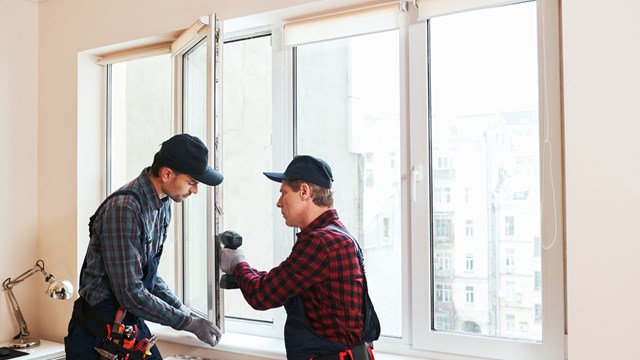Even before the pandemic, the part of the tech sector specifically serving apartment dwellers was evolving fast. Virtual doormen, package and delivery tracking, online portals for work orders, document access, and other resident business were built right into many newer buildings from the start. Then the initial covid lockdown and subsequent waves of infection kept people home, and made services that once were considered a nice convenience into necessities. The health crisis may have waned, but tech-based services available for co-op, condo, and rental properties are as popular as ever - and becoming even more so. They are also expanding into areas well beyond accepting and storing packages. Among the most popular are modules that provide a platform for intra-community communication and community building.
More Than Just an Address
Pete Kelly, a writer for Apartment Life, maintains that one of the key components to creating community is what he calls the ‘friendship factor.’ “The solution is to help residents build connections with their neighbors,” he says. “You need to create a ‘sticky’ community where residents feel known and connected.”
Indeed, one of the most in-demand, fastest growing functions of multifamily management software is communication facilitation. Neil Golub, sales director for Carson, a New York-based residential management software provider, says that requests for and use of Carson’s ‘community’ module has increased dramatically since the company first launched its platform and app-based services.
“The module is there to build connections amongst residents safely in a virtual space,” Golub says. “It’s a new module for us, and very well designed. There’s a profanity filter and post approval feature. The property manager screens the submitted posts before they appear on the app, ensuring the content is appropriate and safe. There’s no, ‘I hate the guy in 3J,’ which was a problem some time ago when some communities set up Facebook pages.”
Posts by residents generally fall into three categories, explains Golub. They’re either “a question or announcement, a buy-and-sell marketplace, or a recommendation for a product or service, like ‘I hired this great painter,’ ‘my friend owns a bar in the neighborhood,’ or ‘I need a babysitter.’ We plan to build peer-to-peer messaging as well, which would give residents the ability to message each other in real time - at least those who opt in.”
Growth
Zachary Kestenbaum, CEO of BuildingLink, among the largest apps in this sector and also based in New York City, offers similar modules as part of their service packages.
“We have seen exponential growth over the last couple of years,” he says. “Buildings that weren’t customers before, like full service co-ops on Park Avenue, have become customers. It’s the increase in Amazon and other deliveries during the pandemic that mostly prompted the growth. We also have a couple of features specific to the community, like the neighbors directory and bulletin.”
Kestenbaum attributes some of the trend in very high-end buildings to a changing population. “Traditionally, residents in this type of building wanted the personal service of a full staff,” he says. “Today, with younger people moving into these properties, they want the benefit and convenience of technology in addition to personal service.
“How extensively any part of our app gets used depends on the property,” Kestenbaum continues. “Some buildings are more community oriented, and take more of a ‘get-to-know-your-neighbors’ approach. In these buildings socializing is important, and the board wants to facilitate that. These modules are useful in general in building community, and can act as a calendar. Another popular use across the majority of buildings we work with is posting items for sale - a kind of Craigslist, but just for the building. It’s the most convenient way to unload unwanted things.”
“It’s a new way for residents to engage,” says Golub. “For those who haven’t had any sort of resident app before, this adds a whole new dimension.”
A J Sidransky is a staff writer/reporter for CooperatorNews, and a published novelist.










Leave a Comment